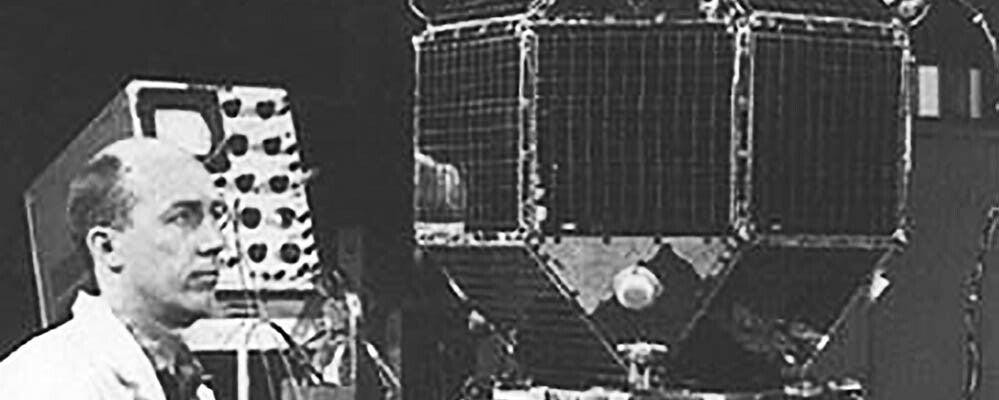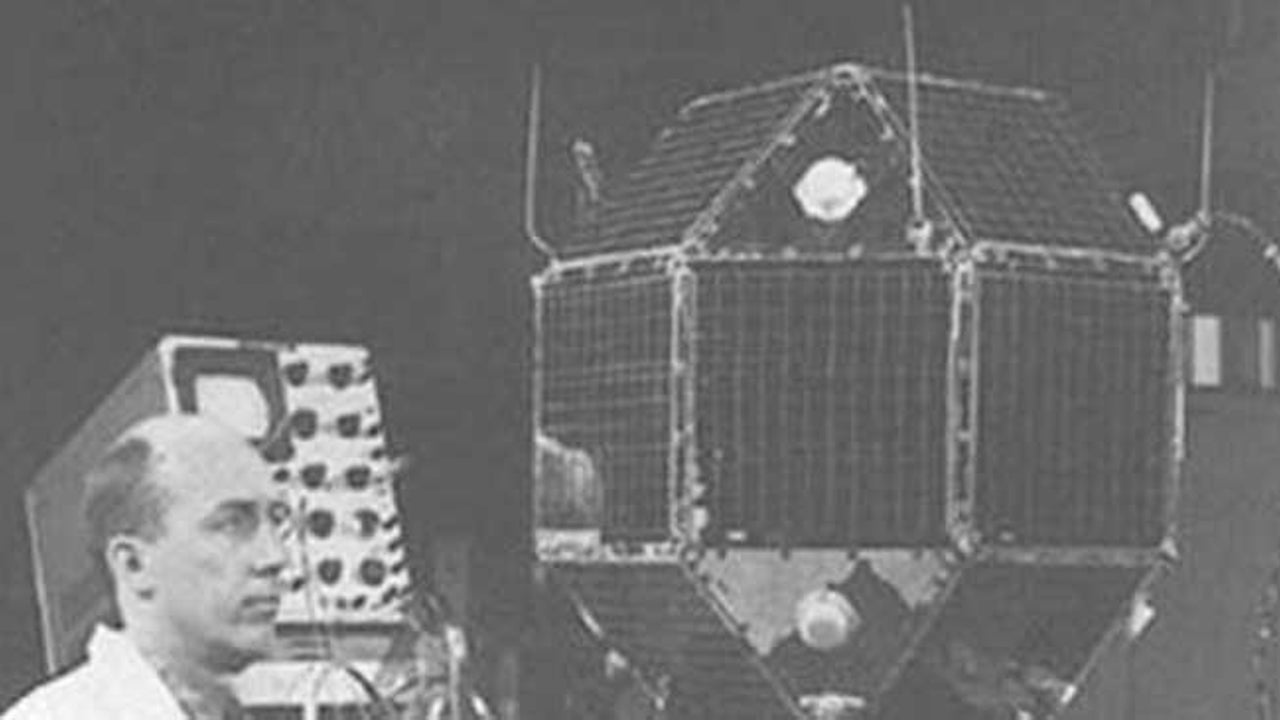
A satellite ceased transmissions in 1967, but unexpectedly came back to life in 2012...
Share
In the illustrious chronicles of satellite history, few tales are as intriguing as that of the Lincoln Experimental Satellite 1, affectionately known as LES-1. This satellite, launched into the vast expanse of space on the 11th of February 1965, under the aegis of the United States Air Force (USAF), embarked on a mission that would eventually grant it the mystifying title of one of the oldest "zombie satellites."
LES-1 marked the inaugural flight in the ambitious Lincoln Experimental Satellite program, a pioneering endeavour that aimed to push the boundaries of technology and satellite communications. Its distinction lay in the use of the military's Super-High-Frequency (SHF) band, a frequency spectrum spanning 7 to 8 GHz, which promised to service hundreds of users simultaneously.

The promise of LES-1 was substantial, heralding a new era in satellite communications technology. Yet, the story of LES-1 took an unexpected turn due to its placement in an orbit that proved to be suboptimal for its intended functions. Consequently, this remarkable satellite ceased transmissions in 1967, much to the chagrin of those who had hoped for its ground-breaking success.
However, the saga of LES-1 was far from over. It lay dormant in space for a staggering 45 years, a relic of past aspirations, and a testament to the ever-changing landscape of space technology. Then, in an astonishing turn of events, LES-1, after nearly half a century of inactivity, spontaneously rekindled its transmissions in 2012.
The revival of LES-1 was a captivating and unanticipated event that puzzled experts and enthusiasts alike. How could a satellite, designed for an era long past, suddenly spring back to life in the digital age? It was as if LES-1 had risen from the annals of history to defy the very principles of obsolescence.
This unexpected resurgence turned LES-1 into an enigmatic "zombie satellite," a moniker that befitted its improbable journey. Its revival was a testament to the enduring mystique of space and technology, reminding us that even in the vastness of the cosmos, surprises await those who venture to explore its depths.
The story of LES-1 serves as a captivating testament to the resilience and adaptability of technology. It remains an enduring symbol of human ingenuity and the ever-evolving landscape of space exploration, where even the oldest relics can sometimes find new life among the stars.
You’ve come this far…
Why not venture a little further into A.S.S. - our exclusive Australian Space Society.
And keep thrusting Australia into the deep unknown…
#Space_Aus




